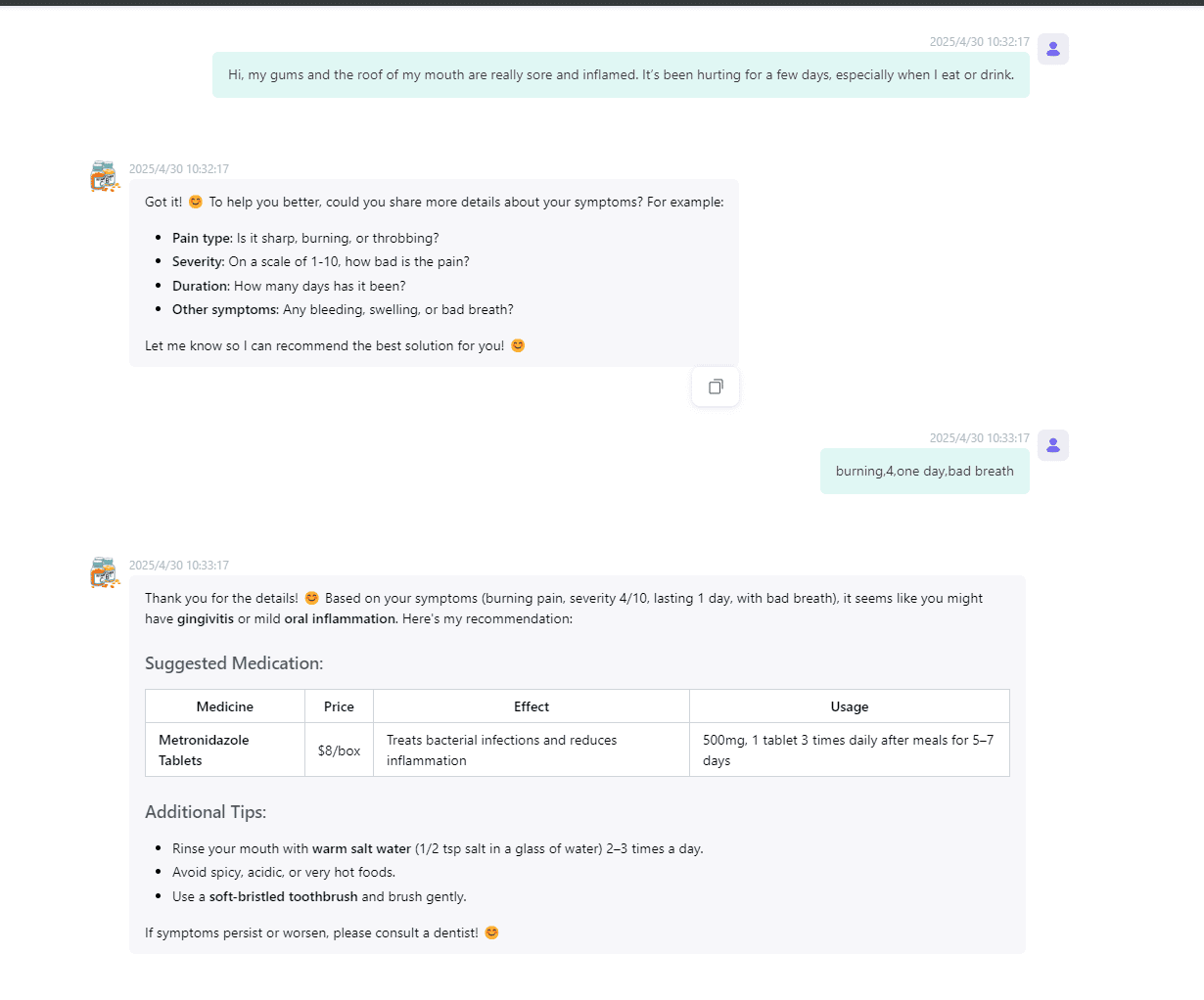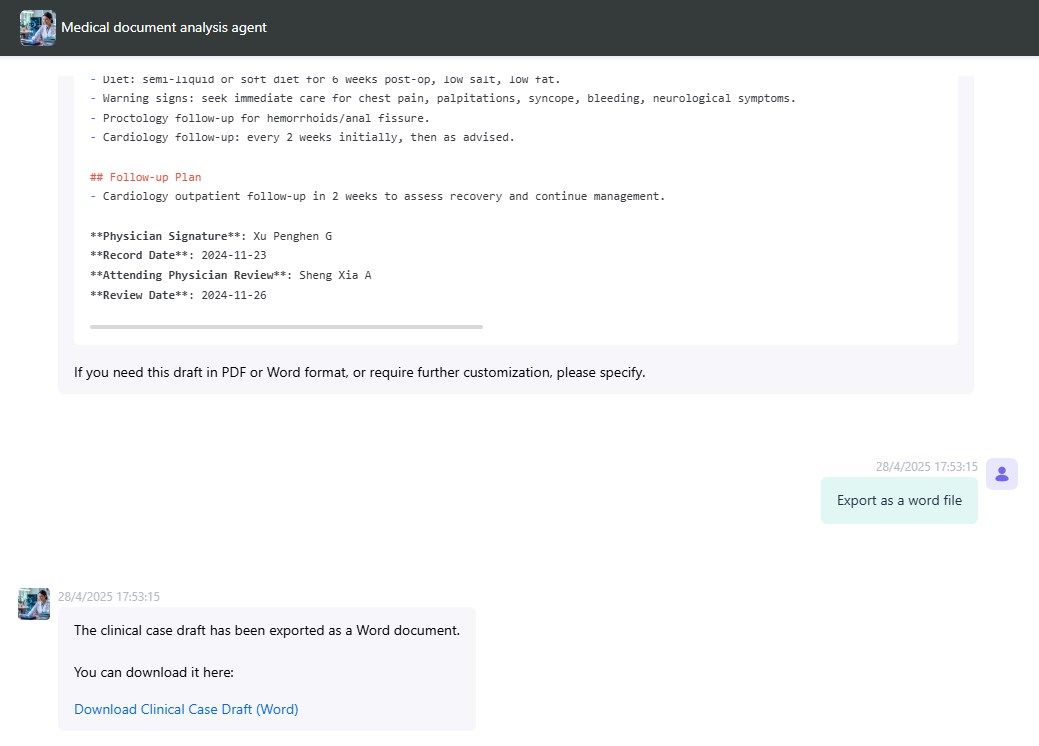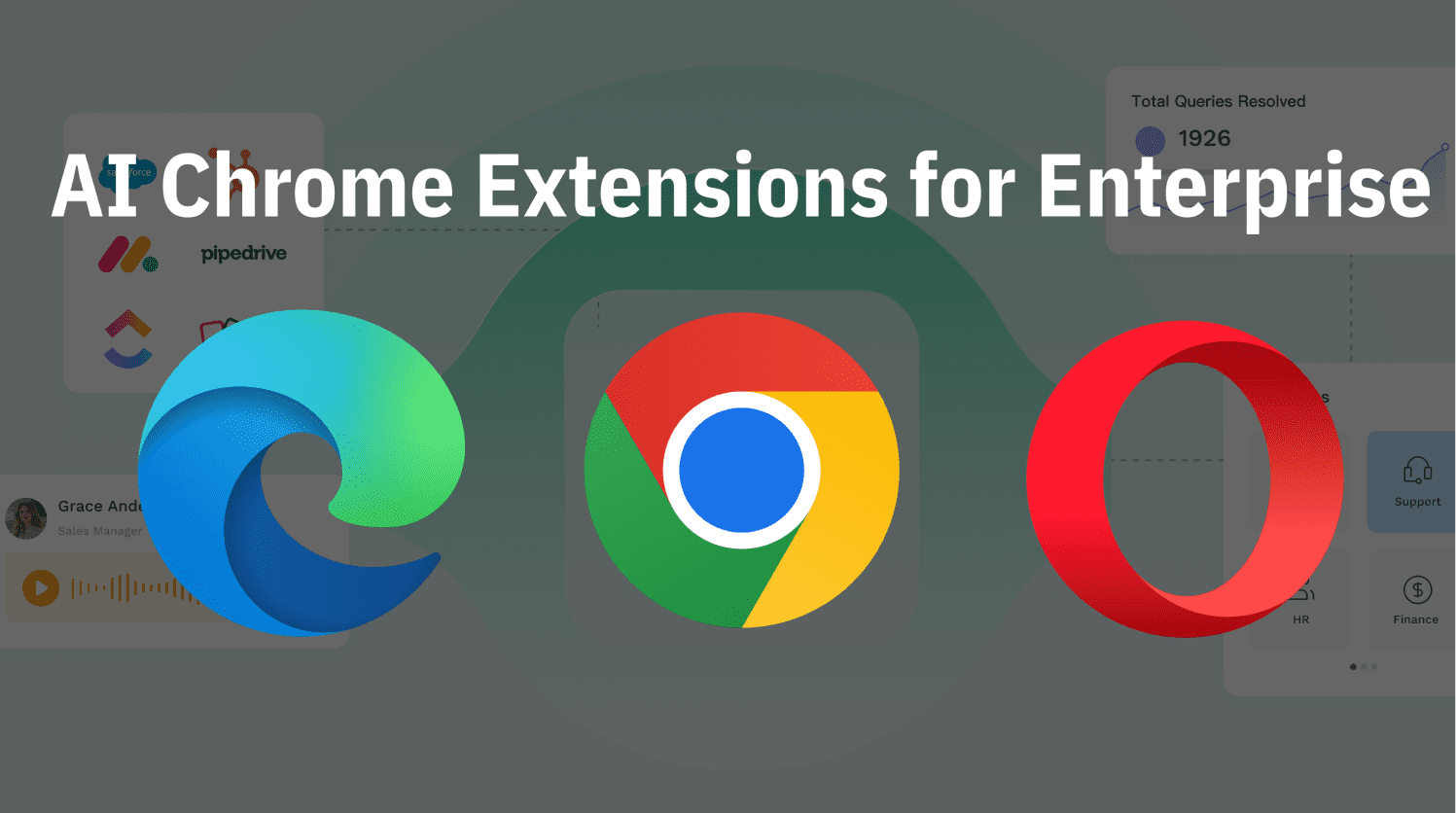Conversational AI in healthcare is changing the landscape of the industry. Not only does it make the lives of patients easier but the lives of the healthcare professionals too.
It makes the process faster, releases the burden on the management, and assists in clinical decisions. All these translate to saving more lives and better user experience.
It’s making a bigger change, but the question is: How? That’s what we’ll uncover in this article.

Part 1: What is Conversational AI in Healthcare
Conversational AI in healthcare is a new generation of intelligent chatbots designed for medical use. Unlike traditional bots that rely on scripted answers, these systems use natural language processing (NLP) and machine learning (ML) to understand patient queries, interpret intent, and deliver accurate, context-aware responses. The result is a more natural interaction that reduces wait times and improves overall patient experience.

Quick comparison of conversational AI in healthcare and traditional chatbots
Trained on healthcare-specific data such as patient reports, symptoms, and medical guidelines, conversational AI can support a wide range of tasks. These include helping patients describe symptoms, checking insurance details, and assisting with scheduling or administrative processes. By learning continuously, the system becomes more precise and reliable over time.

How conversational AI in healthcare works
In practice, conversational AI is integrated into hospital websites, apps, and even messaging platforms. Patients can engage through text or voice, while the chatbot draws on medical databases, health records, and CRM systems to provide tailored responses. This ensures that patients receive timely, consistent, and accurate information, making healthcare services both more efficient and more accessible.
Part 2: Audience and 13 Use Cases - Applications of Conversational AI in Healthcare
1Smarter Pharmacy and Patient Services
📚 Overview
Pharmacy and patient services benefit from AI that delivers instant guidance,
personalized medication recommendations, and smoother pharmacy operations.
Pharmacists, telehealth providers, and distributors can use these tools to
triage patients, optimize drug management, and improve overall service
efficiency.
👩 Audience
- Retail pharmacy chains
- Telehealth providers
- Pharmaceutical distributors
- Healthcare SaaS platforms
- Senior care facilities
✅ Use Cases
- Smart triage and symptom analysis: Guides patients through progressive questioning and image recognition to distinguish between different conditions.
- Medication recommendations, interaction alerts, and adherence support: Considers age, comorbidities, and prescriptions to provide tailored guidance and reminders.
- Pharmacy operations optimization: Enables real-time inventory checks, nearby pharmacy suggestions, and automated prescription transfers.
- Medical report interpretation and trend analysis: Deciphers lab results, visualizes health trends, and translates findings into patient-friendly insights.

Health Consultation through Pharmacy AI Assistant
Discover how a Pharmacy AI Assistant can streamline patient support and medication management: Check the Template
2Clinical Data Extraction and Risk Assessment
📚 Overview
AI can extract structured data from medical records, identify potential risks,
and provide guideline-based recommendations. Clinicians and researchers gain a
faster, more reliable way to analyze patient information, reduce paperwork,
and support accurate decision-making.
👩 Audience
- Physicians and clinical staff
- Medical administrators
- Healthcare IT teams
- Clinical researchers
✅ Use Cases
- Structured record extraction and standardization: Parses multi-format medical records and outputs standardized fields for easy integration.
- Lab and vital sign data capture with risk assessment: Flags abnormal values and stratifies patients by overall risk level.
- Preliminary diagnosis, treatment, and follow-up suggestions: Generates reference insights, such as test recommendations and monitoring plans.
- Health management and lifestyle guidance: Provides evidence-based tips on diet, exercise, and self-care.
- System integration and cross-platform access: Embeds features into HIS, EMR, and CDSS platforms via APIs and plugins.

Analyze a Clinical Case through Medical Report Analysis Assistant
Explore the Clinical Medical Report Analysis Assistant to optimize your workflow and enhance patient care: Check the Template
3Automated Clinical Documentation and Workflows
📚 Overview
Hospitals and clinics handling high patient volumes can streamline
documentation with AI. Automated summaries, multilingual reports, and workflow
optimizations help medical staff save time while maintaining accuracy and
consistency across patient records.
👩 Audience
- Hospitals and clinics
- Medical administrators and assistants
- Health tech companies
✅ Use Cases
- Automated clinical documentation: Generates outpatient notes, discharge summaries, and follow-up reports.
- Medical report analysis: Reviews external records to support second opinions, telehealth preparation, and referrals.
- Bulk reporting with template logic: Produces medical reports in large batches, tailored to departmental needs.
- Multilingual medical records: Outputs documents in multiple languages to support international healthcare services.

Generate Medical Docs in Specific Format through AI Medical Assistant
See how our AI Medical Assistant can simplify documentation and accelerate clinical workflows: Check the Template
Part 3: Benefits of Conversational AI for Healthcare

Here’s what conversational AI in healthcare offers:
💡 Quick Support: AI chatbots reply to patients in no time. They don’t need to wait to get answers. Plus, they can ask the question in any language they prefer. Chatbots work 24/7 and work more than the capacity of multiple representatives combined.
💡 Personalized Responses: Conversation AI in healthcare is capable of offering personalized responses. It understands the symptoms, clinical history, and other details and offers personalized recommendations and results. It’s tailored according to the needs of every patient.
💡 Improved Efficiency: The chatbot automates most of the laborious administrative tasks. Handling appointments, insurance, patient data, billing, and other things becomes easier and quicker than ever before. Human representatives and medical professionals can focus on important things.
💡 Reduces Cost: Hospitals and organizations will need fewer people to deal with administrative tasks. It will eventually reduce the labor cost and save money.
Part 4: Transform Healthcare Operations with GPTBots.ai
GPTBots is a no-code platform that empowers healthcare organizations to create conversational AI chatbots tailored to their unique workflows and brand. Without coding, you can build a smart, responsive assistant that seamlessly fits into your operations, enhances patient and staff interactions, and improves overall efficiency. With expert support available, GPTBots allows anyone—from administrators to clinicians—to deploy AI that handles routine tasks, engages patients effectively, and strengthens your organization's service delivery.

For healthcare specifically, GPTBots can handle a wide range of tasks: it can provide patients with symptom guidance, medication reminders, and appointment scheduling; support medical staff with preliminary report analysis, structured data extraction, and clinical documentation; and assist administrators with billing, insurance queries, and workflow automation. By handling routine interactions and information requests, GPTBots reduces staff workload, minimizes errors, and ensures patients receive timely and reliable support.
GPTBots supports text, voice, image, and video inputs, integrates seamlessly with your website, CRM, WhatsApp, and other communication platforms, and can scale across departments or locations. The platform not only improves the patient experience but also enables healthcare providers to focus on high-value tasks, ultimately saving costs and increasing operational efficiency.
Key Features of GPTBots for Healthcare:
- No code bot building with Expert Assistance
- Train chatbot with existing data, including documents, videos, URLs, etc.
- Select the right LLM for your needs
- Personalize the icon, color, and appearance of the chatbot and match it with your brand
- Supports user input in text, voice, image, video, etc.
- Seamless integration with CRM, website, WhatsApp and internal platforms
- Assists in patient support, appointment management, lead generation, report analysis, and more.
Part 5: Broader Landscape - Key Applications & Platforms in Healthcare
1 Task Management
Conversational AI can simplify healthcare task management, from planning and organizing to monitoring workflows, reducing manual effort and boosting productivity.
For instance, Lifelink Systems automates routine tasks for providers: collecting patient data, matching with the right doctor, scheduling appointments, sending reminders, preparing visits, and managing discharge plans and feedback. Automation eases the burden on staff while enhancing patient experience.

2 Clinical Support
Conversational AI offers basic clinical guidance by interpreting symptoms and recommending appropriate care, such as visiting a doctor or seeking emergency attention.
It also supports medication management, vaccination reminders, follow-ups, and record keeping. Platforms like HealthTap and Sensely provide symptom checking, personalized advice, appointment scheduling, and reminders, improving service efficiency and patient satisfaction.

3 Mental Health Support
AI chatbots play an increasingly important role in mental health care. They can recognize emotional distress, offer therapeutic conversations, track mood, and suggest exercises or coping strategies, supporting individuals with anxiety, depression, or stress.
Woebot and Wysa provide 24/7 mental health support, maintaining privacy and anonymity. They guide users through mood tracking, personalized check-ins, mindfulness exercises, and behavior-based insights, making mental health support more accessible.

Part 6: Future of Conversational AI Technology in Healthcare
Conversational AI in healthcare is the future. Healthcare providers are integrating AI chatbots to automate tasks and improve user experience. According to a report, North America dominated conversational AI in the healthcare market in 2023.
Over time, the usage of conversational AI is increasing, and the technology is also improving. There will be better NLP models to mimic human conversation. We will have better accuracy and more features in AI chatbots in the future.
AI chatbots will be able to understand complex queries of patients along with their sentiments. They will be able to offer more personalized healthcare advice, identify the dangers, and even suggest diagnostic services.
Conversational AI will become much better at offering clinical decision support to doctors. It will help them arrive at a more accurate diagnosis, fetch medical resources, check guidelines/protocols, etc. More accurate diagnosis will result in improved treatment and healthcare of the patients.
Conclusion
Conversational AI in healthcare is the need of the hour. Not only does it assist healthcare providers and professionals but also the patients. Most of the tasks are automated, which makes things more efficient, and patients get quicker services and better user experience. If you are a healthcare provider, create a personalized chatbot with GPTBots. Integrate it on your website, social media, and other channels. Sign up today and get 100 free credits every month.







